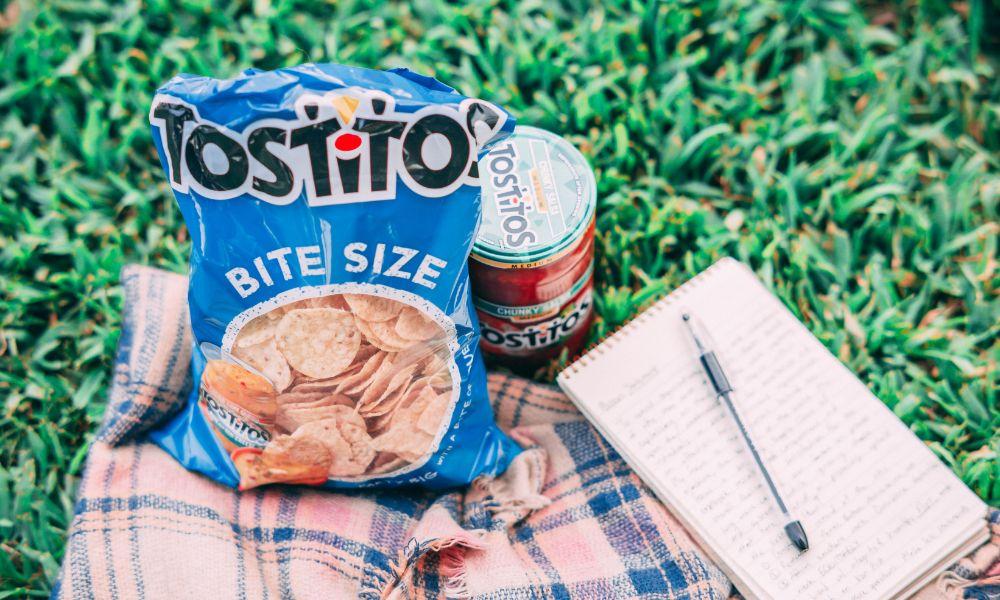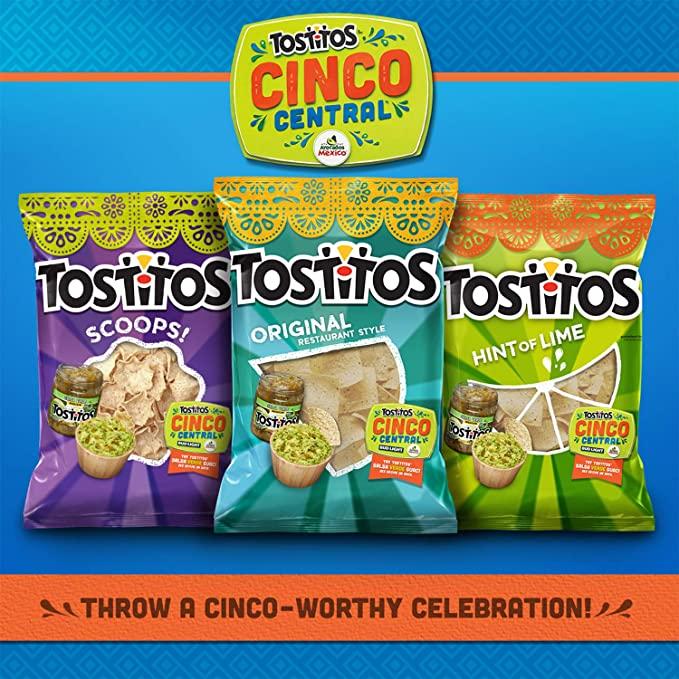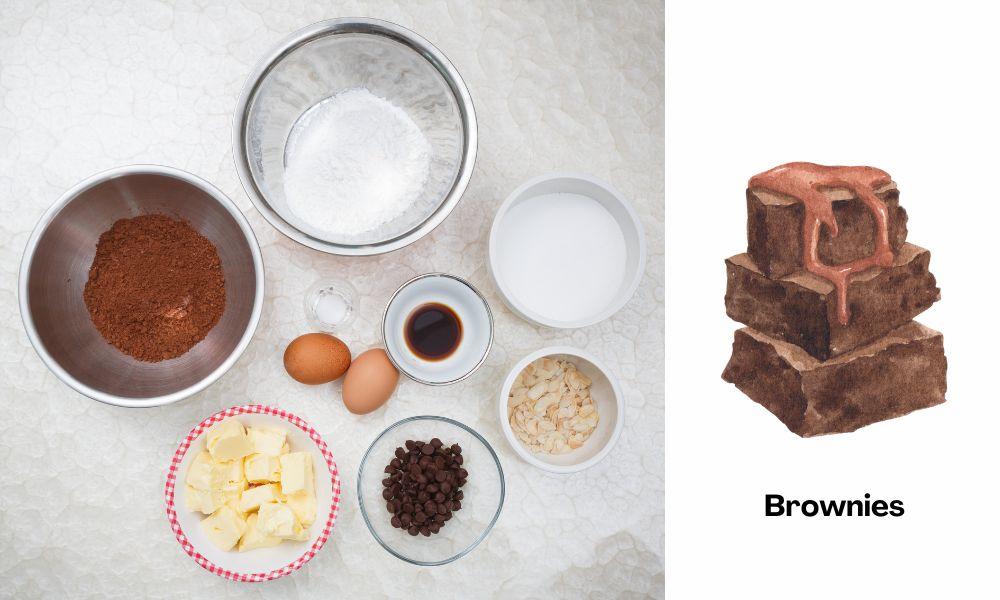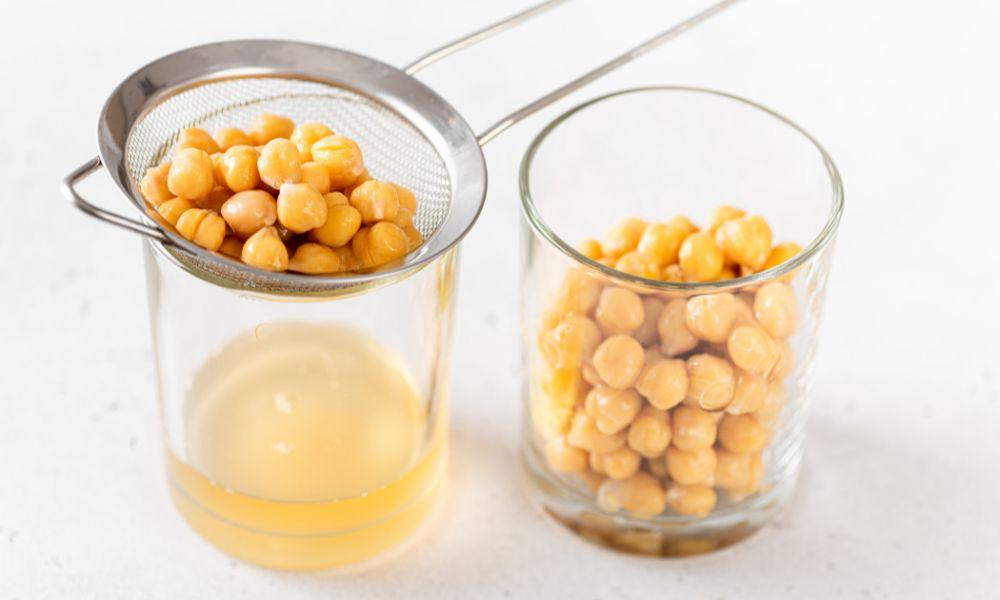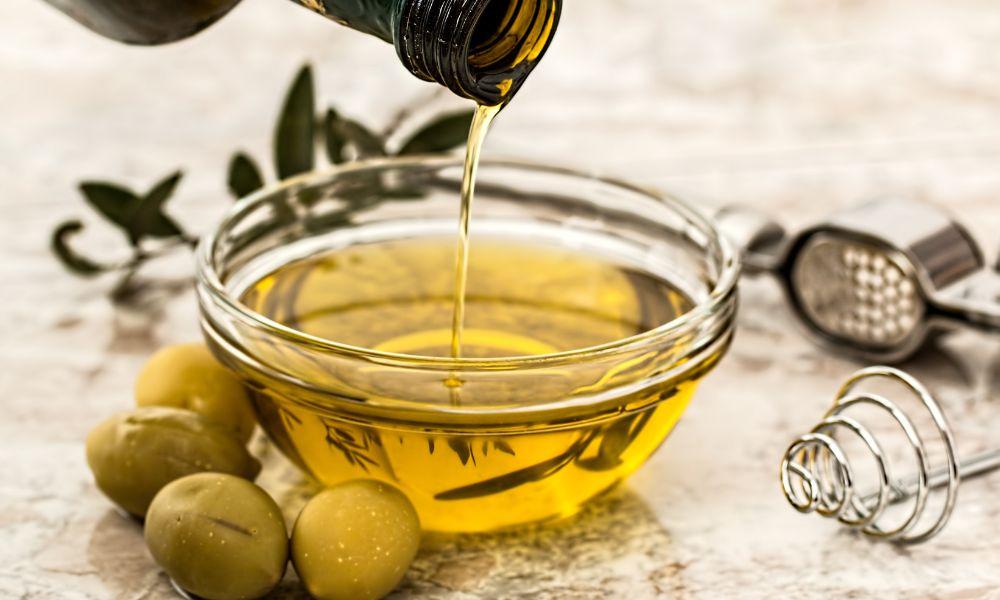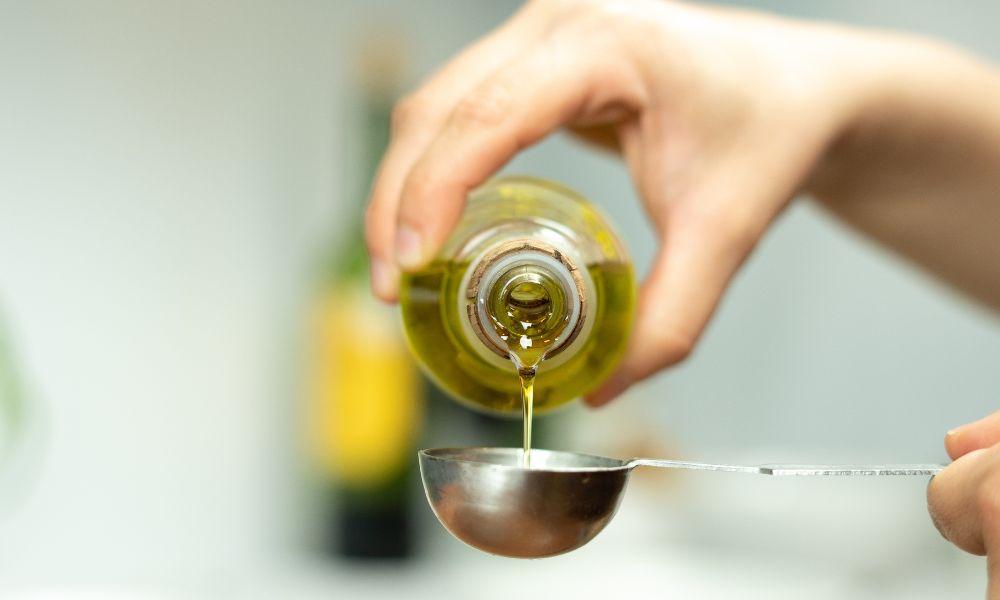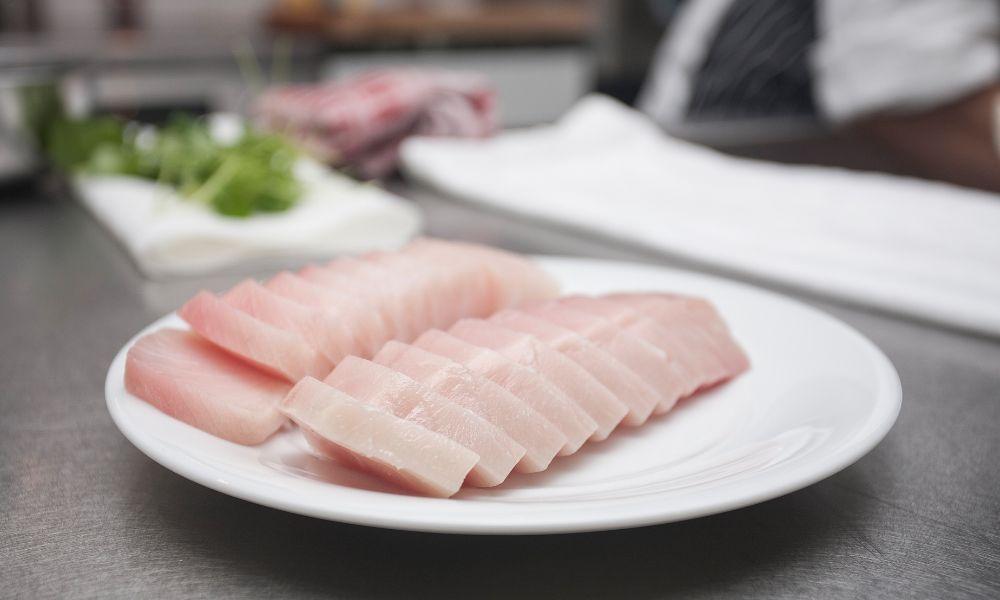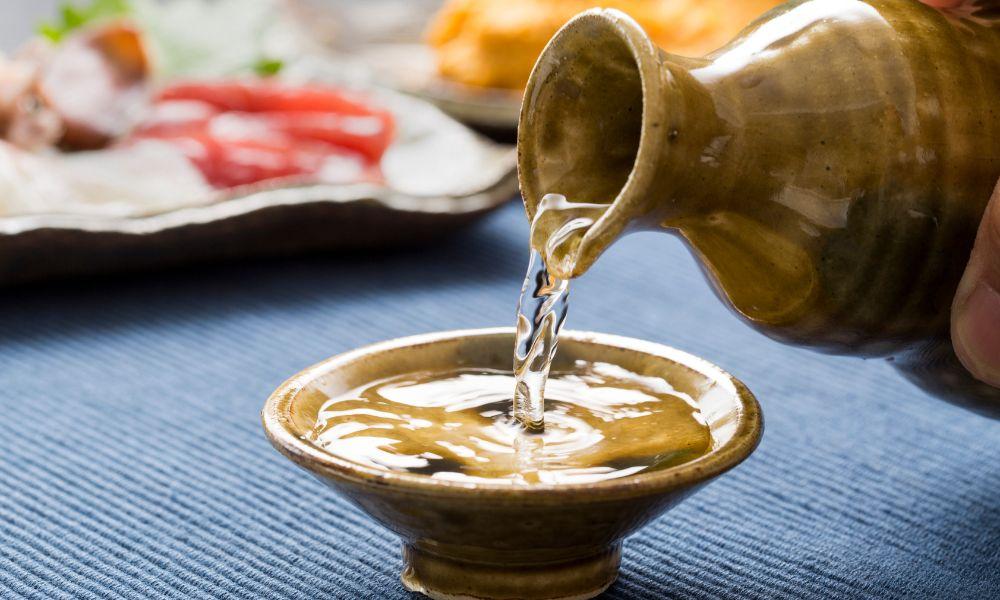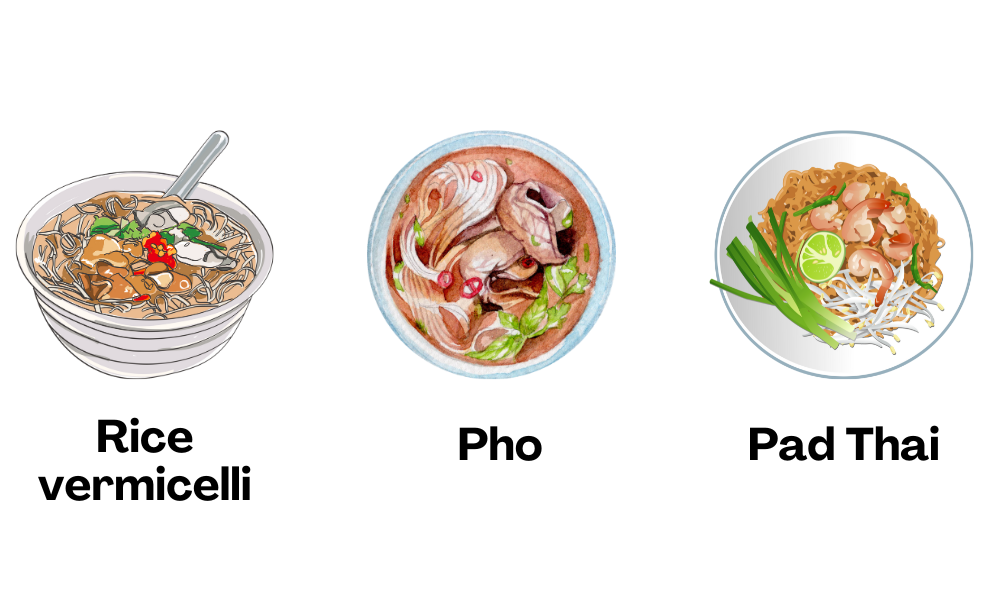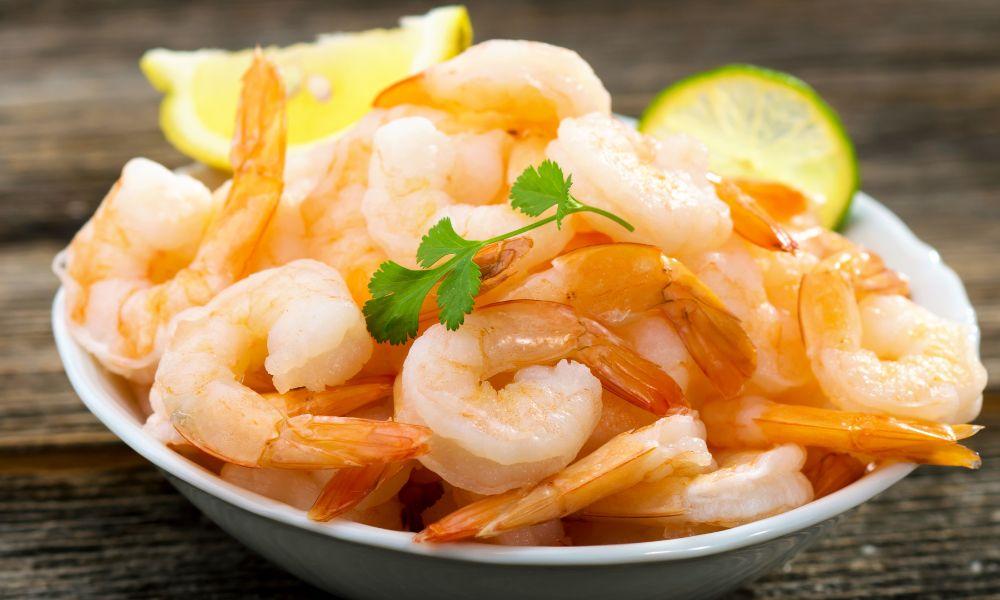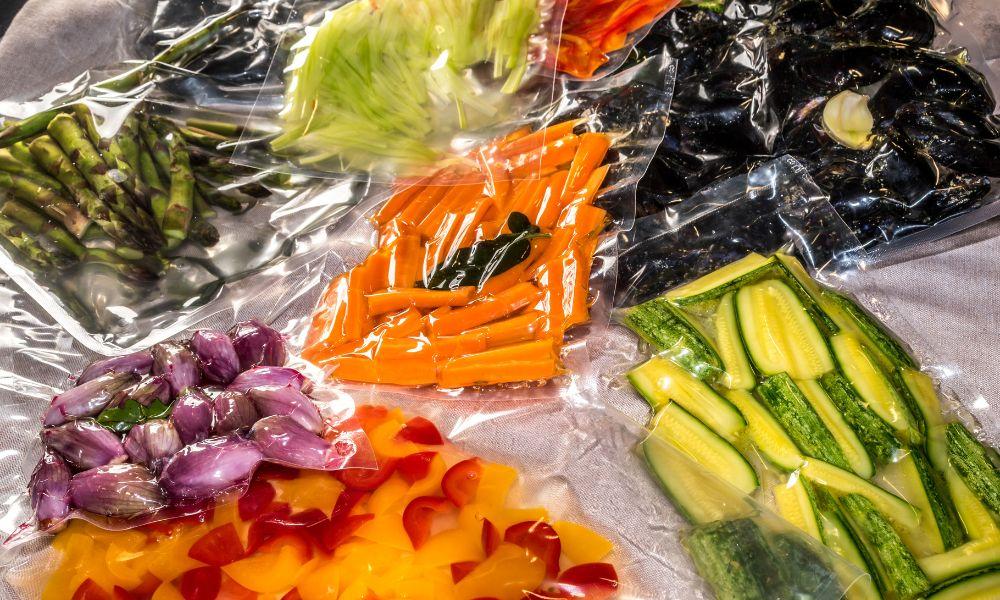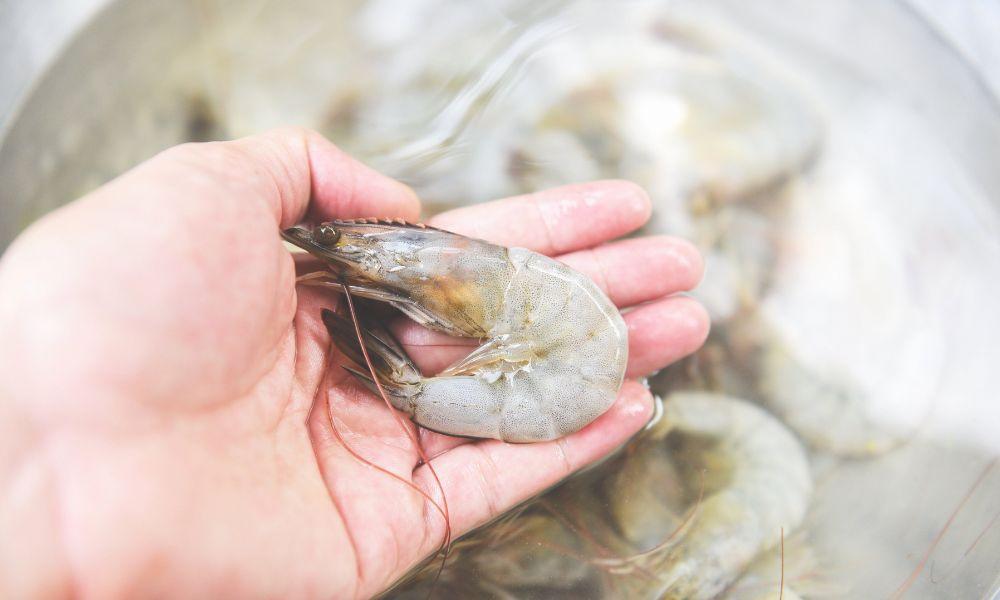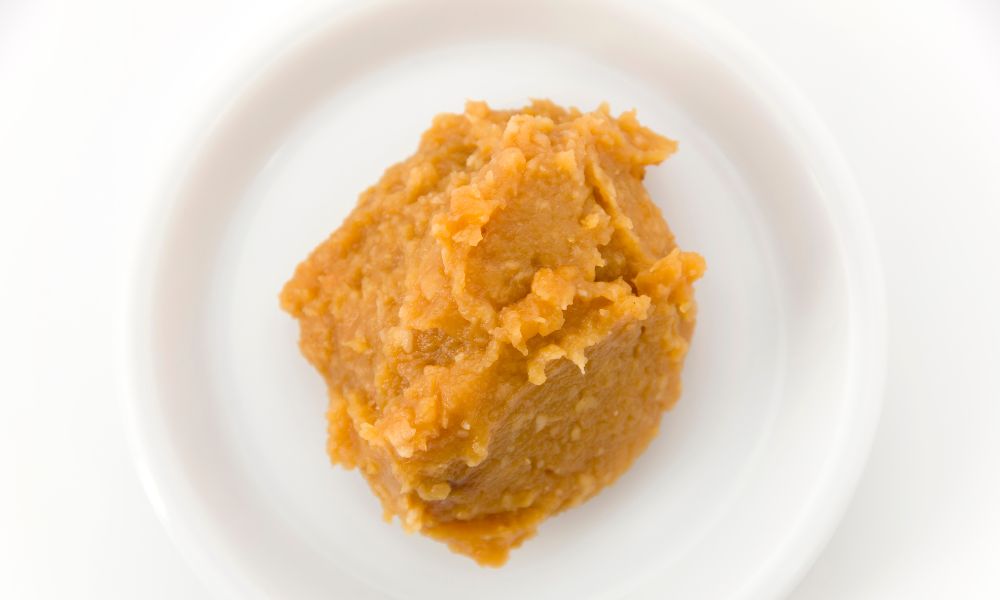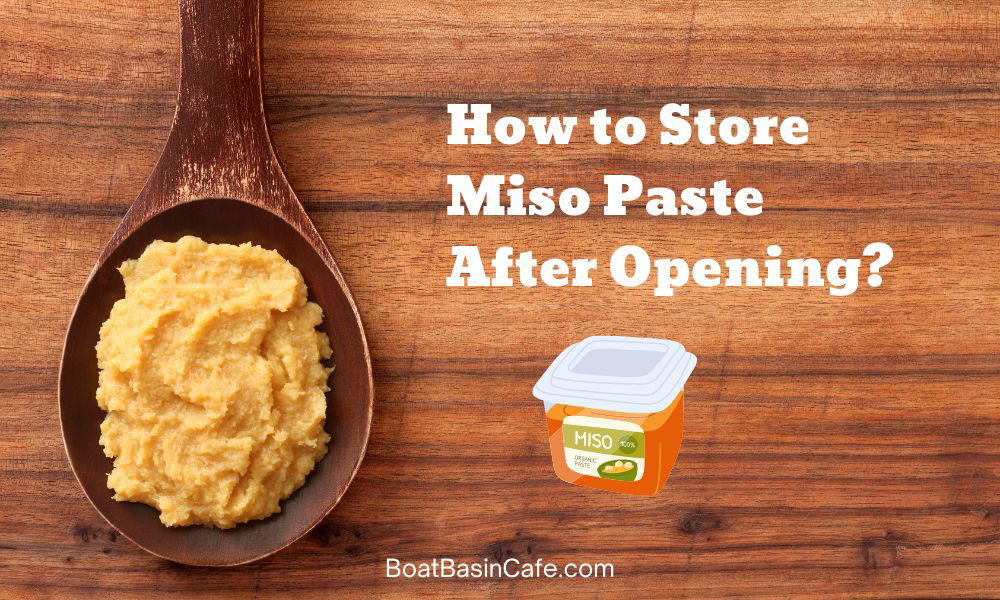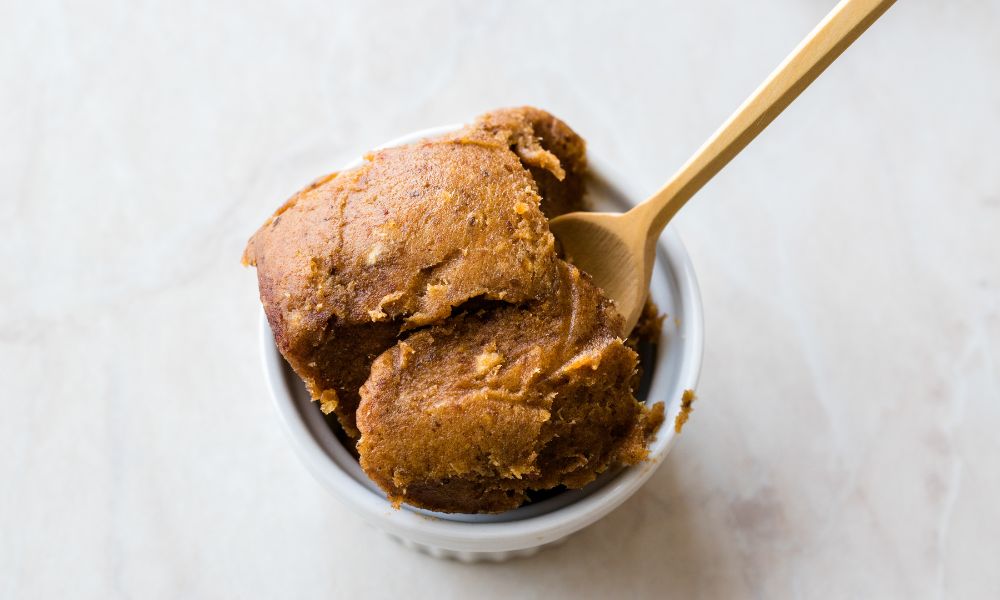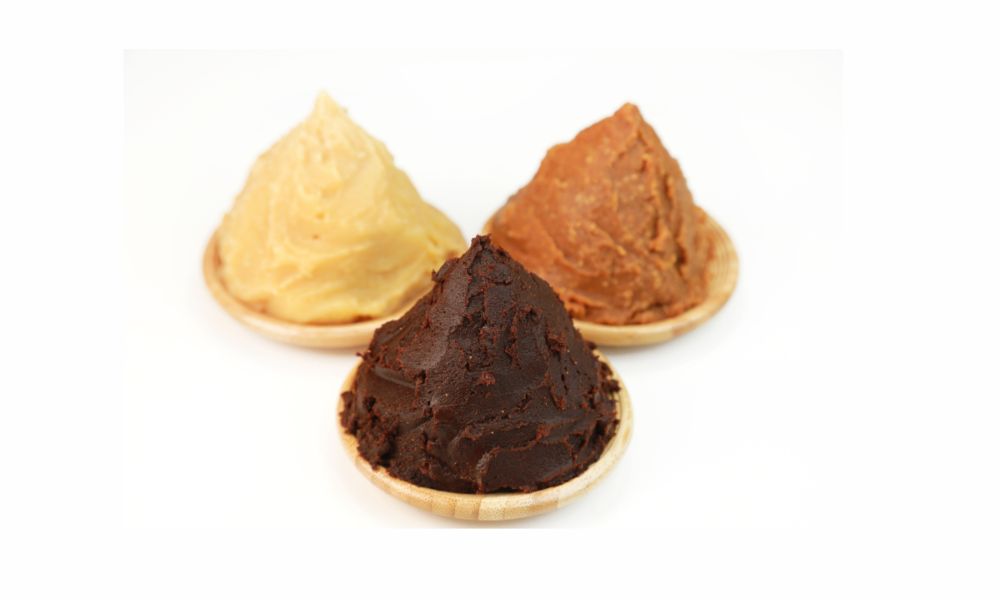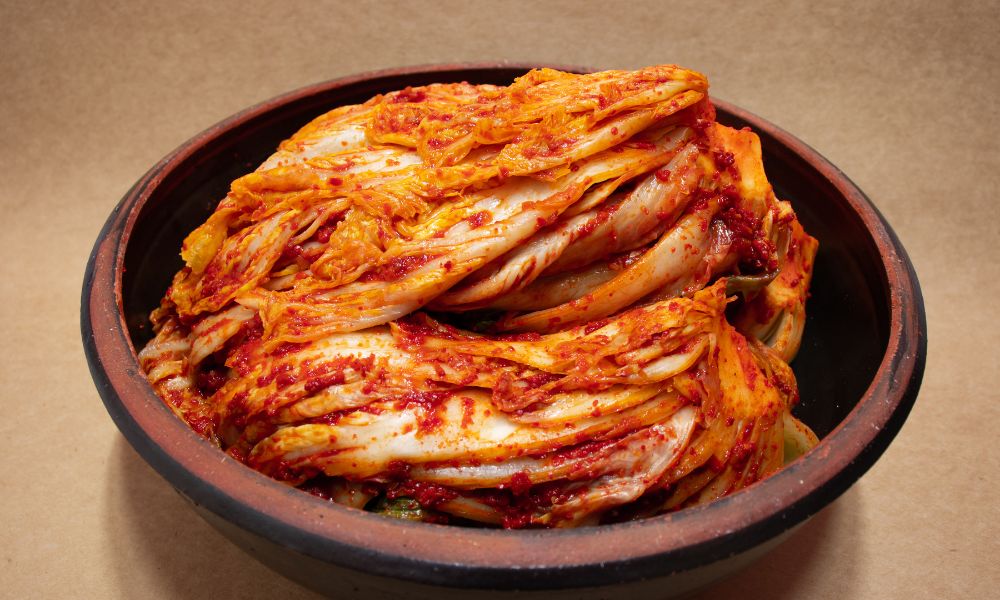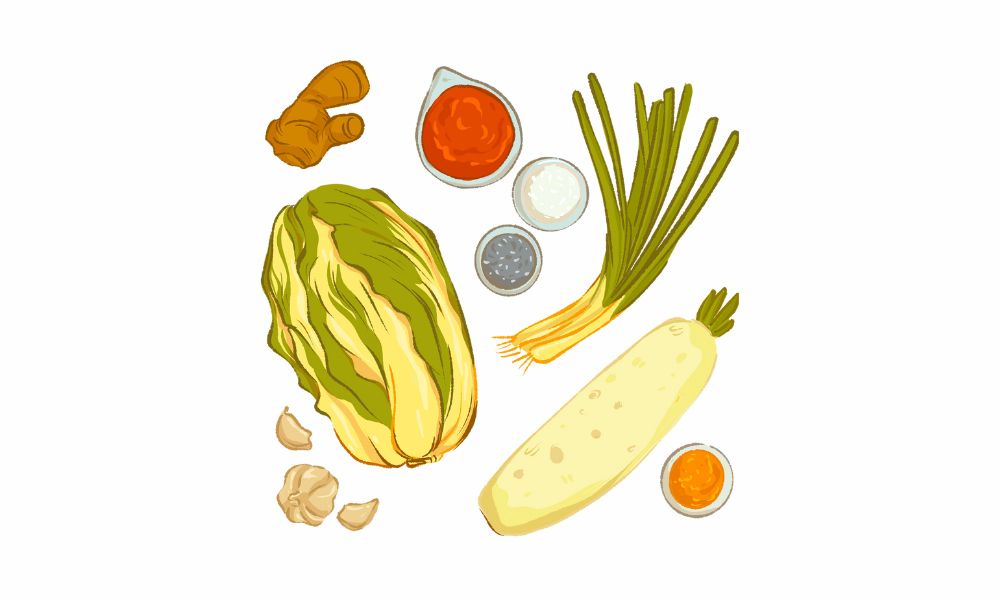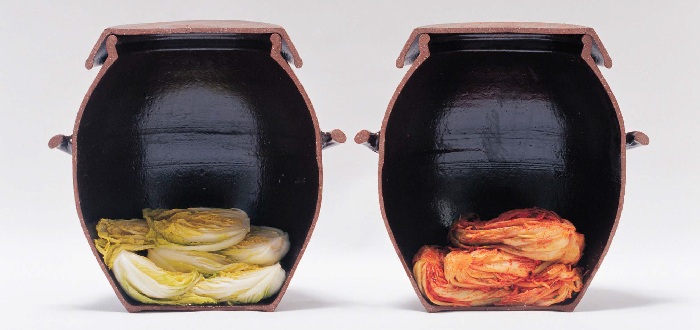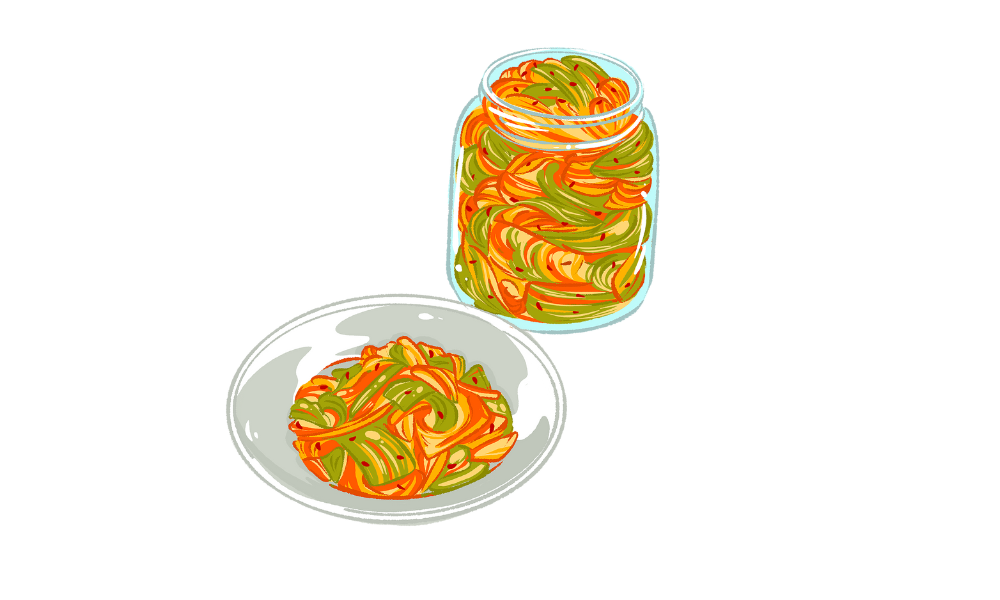Does oat milk have gluten? The short answer is, it depends. Oat milk can be gluten-free or contain trace amounts of gluten, depending on various factors. To further understand this, let’s dive in!
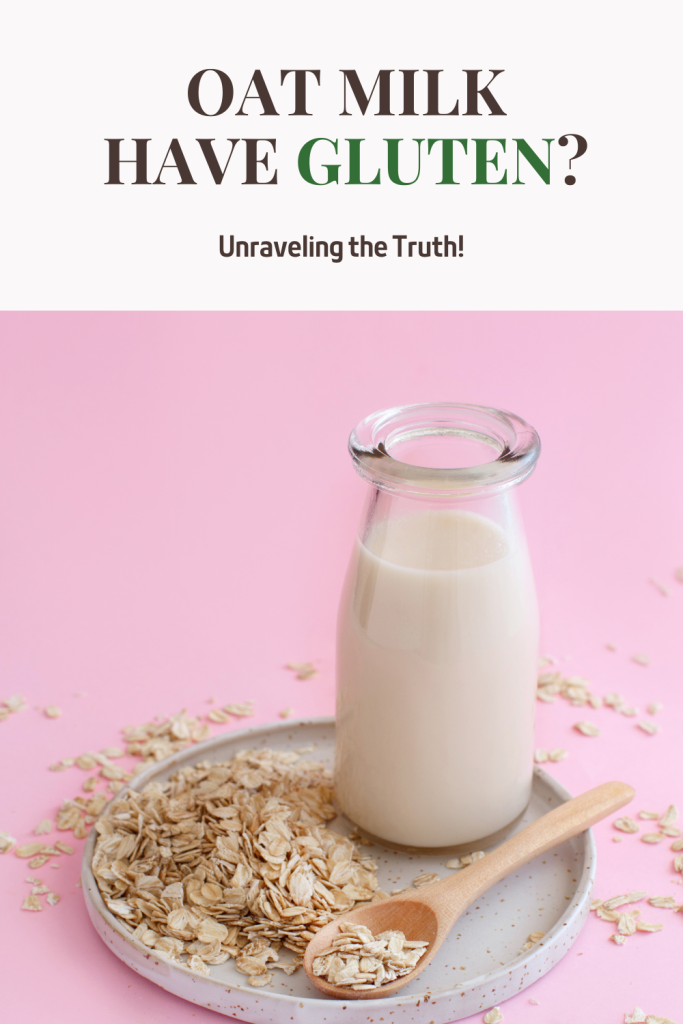
Oat Milk Have Gluten?
When asking whether oat milk has gluten, it’s crucial to know that oats are naturally gluten-free. However, they can be contaminated with gluten during the processing, growing, or transportation phases. This contamination typically occurs when oats come into contact with wheat, barley, or rye, which contain gluten.
Factors influencing gluten content in oat milk
- Manufacturing process: If the oat milk is produced in a facility that also processes gluten-containing grains, there’s a risk of cross-contamination. Some manufacturers take precautions to ensure their products are gluten-free, while others don’t.
- Certification: To be confident that your oat milk is gluten-free, look for a certified gluten-free label. This certification ensures that the product has been tested and contains less than 20 parts per million (ppm) of gluten, which is the threshold for gluten-free products.
- Ingredients: Be mindful of any additives in your oat milk, as some ingredients may contain gluten. Always read the ingredient list and be cautious of products with vague terms like “natural flavors” or “spices.”
What is Oat Milk?
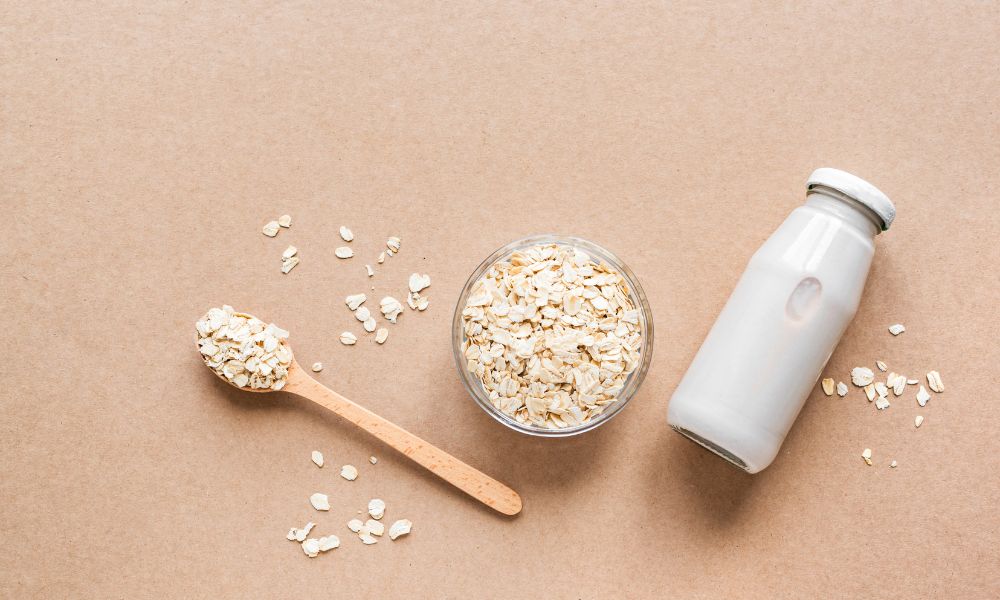
In a nutshell, it’s a creamy, plant-based milk alternative made from oats. Let’s dive into the details and explore:
Definition of oat milk
Oat milk is a delightful and versatile beverage created from whole oats or oat groats. It’s a popular choice for vegans, those who are lactose intolerant, and anyone looking for a delicious alternative to cow’s milk.
Production process of oat milk
Making oat milk is a fascinating process, and it typically involves these steps:
- Soaking: Oats are soaked in water to soften them and get them ready for blending.
- Blending: The soaked oats are then blended with water to create a creamy, smooth mixture.
- Straining: This mixture is strained to separate the liquid (oat milk) from the solid oat residue, leaving a silky, smooth final product.
- Flavoring and stabilizing: The oat milk is flavored with various ingredients, like vanilla or cocoa, and fortified with essential vitamins and minerals. Stabilizers and emulsifiers are often added to improve texture and shelf life.
- Pasteurization: Lastly, the oat milk undergoes pasteurization to ensure it’s free of harmful bacteria and has an extended shelf life.
Nutritional profile
Oat milk is not only tasty but also packed with nutrients that make it a fantastic choice for a healthy lifestyle. A typical 1-cup (240 mL) serving of oat milk offers:
| Nutrient | Amount per 1 cup (240 mL) | % Daily Value (DV) |
|---|---|---|
| Calories | 90-130 | – |
| Protein | 2-4 grams | – |
| Fat | 4-5 grams | – |
| Carbohydrates | 16-22 grams | – |
| Fiber | 2-4 grams | – |
| Calcium | 20-30% of the DV | 20-30% |
| Vitamin D | 20-25% of the DV | 20-25% |
| Vitamin B12 | 20-50% of the DV | 20-50% |
Remember, the nutritional content may vary depending on the brand, ingredients, and processing methods, so always check the label for accurate information.
What is Gluten?
Gluten is a group of proteins found in certain grains, including wheat, barley, and rye. It’s responsible for giving bread and other baked goods their elasticity and chewiness.
Why is Gluten an Issue for Some People?
For some individuals, gluten can cause health issues. People with celiac disease, non-celiac gluten sensitivity, or wheat allergies must avoid gluten to prevent adverse reactions, such as digestive problems, skin issues, and even neurological symptoms.
Making Your Own Gluten-Free Oat Milk
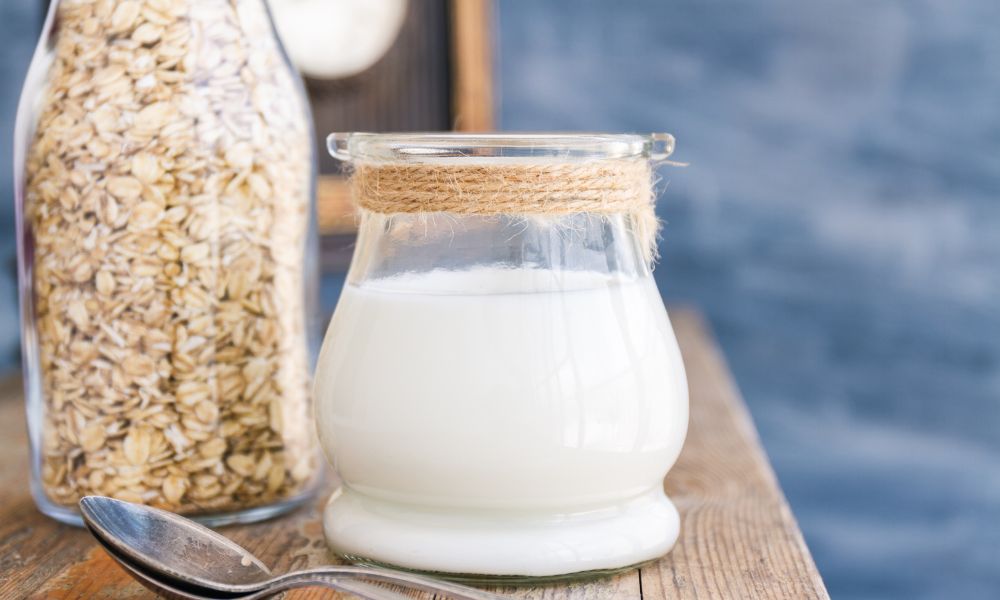
It’s a simple method whether you’re concerned about cross-contamination or simply want to try creating your own oat milk. Only certified gluten-free oats, water, and a blender are required. Sweeteners and flavourings can be added to taste.
- 1 cup gluten-free oats soak in water for at least 30 minutes. This will soften the oats and improve the milk’s ultimate texture.
- Drain and thoroughly rinse the soaking oats.
- Combine the oats and 4 cups of cold water in a blender until smooth.
- To separate the liquid from the oat pulp, strain the mixture through a fine mesh strainer or a nut milk bag.
- Sweeten or flavour the oat milk to your liking if desired.
- Refrigerate the oat milk in a tightly covered jar for up to 5 days. Before usage, give it a good shake.
Conclusion
Embarking on this oat milk journey has been an enlightening and delicious experience. From exploring the ins and outs of gluten and its effects on health to creating my own homemade oat milk, I’ve discovered the incredible versatility and appeal of this plant-based beverage.
For those seeking gluten-free options, the good news is that gluten-free oat milk is not only possible but also widely available. By sourcing gluten-free oats, taking precautions to prevent cross-contamination, and choosing certified gluten-free products, you can enjoy a tasty and nutritious dairy-free alternative without worry.
So whether you’re gluten-sensitive, lactose intolerant, vegan, or simply looking for a delightful addition to your daily routine, oat milk is a fantastic choice. Cheers to the wonders of oat milk and the many exciting culinary adventures that await us all!
You may also like: Is Coffee Gluten-Free? Find Out If Coffee Is Safe for a Gluten-Free Diet
FAQs
Is oat milk gluten-free?
Oats are naturally gluten-free, but they can become contaminated with gluten during the growing, harvesting, or processing stages. To ensure that the oat milk you consume is gluten-free, look for products with a certified gluten-free label or make your own oat milk using gluten-free oats and taking precautions to prevent cross-contamination.
How is oat milk made?
Oat milk is made by soaking whole oats or oat groats in water, blending the soaked oats with water to create a smooth mixture, straining the mixture to separate the liquid (oat milk) from the solid pulp (oat residue), and then flavoring and fortifying the oat milk with vitamins, minerals, and other additives.
Can I make oat milk at home?
Yes, making oat milk at home is simple and requires just a few ingredients: oats, water, and any desired flavorings or sweeteners. You’ll need to soak the oats, blend them with water, strain the mixture, and then add your preferred flavors or sweeteners.
What are the nutritional benefits of oat milk?
Oat milk is a nutritious beverage that contains essential nutrients such as vitamins, minerals, and healthy fats. It is also a good source of fiber and can be fortified with additional vitamins and minerals, such as calcium, vitamin D, and vitamin B12.
Can I use oat milk as a substitute for cow’s milk in recipes?
Yes, oat milk can be used as a substitute for cow’s milk in most recipes. It has a similar consistency and a subtle, sweet taste that works well in a variety of dishes, from smoothies and coffee to baked goods and savory recipes.









